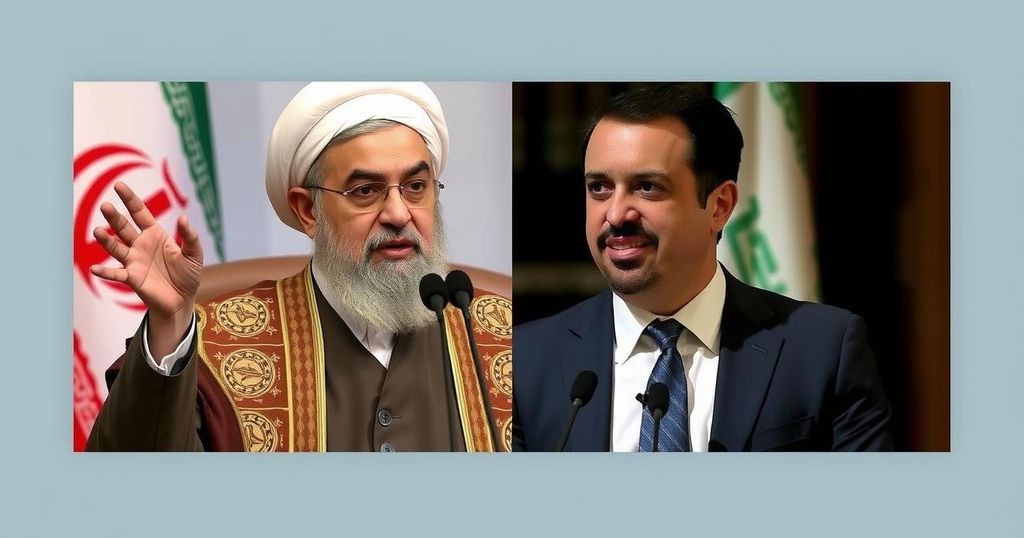The collapse of Bashar al-Assad’s regime in Syria has led to divisions within the Iranian establishment, as authorities express shock at the rapid advance of rebel forces. Opinions are split on Iran’s foreign policy direction and its future involvement in Syria, reflecting both disappointment and potential opportunities for strategic recalibration in response to changing regional dynamics.
As the regime of Bashar al-Assad faces a rapid collapse in Syria, Iranian authorities express shock and disbelief at the swift advance of rebel forces. Observers from Tehran revealed that the Iranian government did not anticipate the rapid disintegration of the Syrian military, which failed to regain territory following the departure of Hezbollah fighters to engage with Israel in Lebanon. Due to Israeli airstrikes, Iranian officials admitted they could not provide adequate support to Syrian forces.
In the wake of the fall of Assad, Iranian state media shifted its language, beginning to categorize rebel forces as “armed groups” instead of “terrorists.” Reports emerged indicating that Iranian officials received assurances from Hay’at Tahrir al-Sham (HTS) regarding the protection of Shia shrines in Syria, aimed at reconciliating concerns within the religious community amid fears of imminent destruction of these sites.
The Iranian populace exhibits divided opinions surrounding the establishment’s handling of the Syrian crisis. Hardline supporters of the regime critique perceived inadequacies in the Iranian government’s previous strategies, suggesting that concessions were made to the reformist agenda under the administration of President Masoud Pezeshkian. Conversely, some reformist segments posit that the unraveling of the so-called “axis of resistance” could yield positive outcomes for Iran, as it prompts a reassessment of foreign policy prioritization.
Military analysts indicate that divisions exist within the Iranian leadership; some advocate for continued diplomatic engagement with HTS while others push for the formation of proxy groups to maintain influence in Syria. Khamenei’s public assertions conveyed defiance, stating that external powers failed to undermine the Resistance Front following Assad’s regime’s collapse.
Iran’s Foreign Minister, Abbas Araghchi, insinuated that current events could foster new opportunities amongst dissatisfied regional actors, hinting toward potential shifts in the geopolitical landscape of the Middle East. Scholarly observers postulate that the reduction of Iran’s influence in Syria may herald a domino effect concerning Hezbollah’s grip on power in Lebanon, thereby compelling Tehran to reassess its nuclear policy under the looming threat of military action from the US.
The article examines the ramifications of the Syrian civil war on Iran’s foreign policy and regional strategy following the unexpected fall of President Bashar al-Assad. Iranian officials express shock at the swift collapse of Assad’s regime, which has important implications for Tehran’s influence in the region and its broader strategic objectives. The existing divisions within Iranian society reflect contrasting views on the future of Iranian involvement in Syria and its consequences on Iran’s geopolitical relationships.
In conclusion, the rapid disintegration of the Assad regime in Syria has exposed critical fissures within Iranian policymaking and public opinion. While hardline supporters lament lost strategic advantages, reformist perspectives suggest potential reorientations in Iran’s foreign policy. As regional dynamics shift, the long-term implications of these developments could significantly impact Iran’s influence across the Middle East, particularly concerning its relationships with Lebanon and prospects surrounding its nuclear ambitions.
Original Source: www.middleeasteye.net






